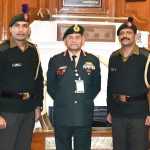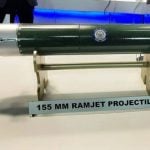The infantry soldier of the Indian Army stands as one of the most battle-hardened and combat-ready warriors globally. These soldiers, forming the backbone of the infantry regiments, engage and neutralize enemies in close combat scenarios, be it during aggressive assaults or tenacious defense stances.
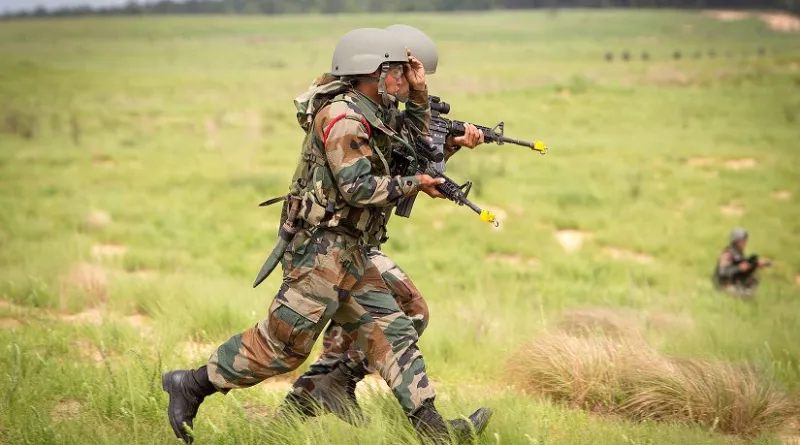
Their gear, structure, and training are meticulously tailored to excel in close combat, ensuring that their assault is bolstered by potent firepower. Additionally, they provide critical administrative support to units within their regiments.
An infantry regiment acts as the principal component of an infantry division. However, it’s essential to understand that it represents a military organizational entity rather than a field formation in action. The battalions within an infantry regiment don’t always operate as a unified formation. Instead, they are often distributed across various military structures such as brigades, divisions, and corps. Presented below is a comprehensive list of the Indian Army’s esteemed Infantry regiments.
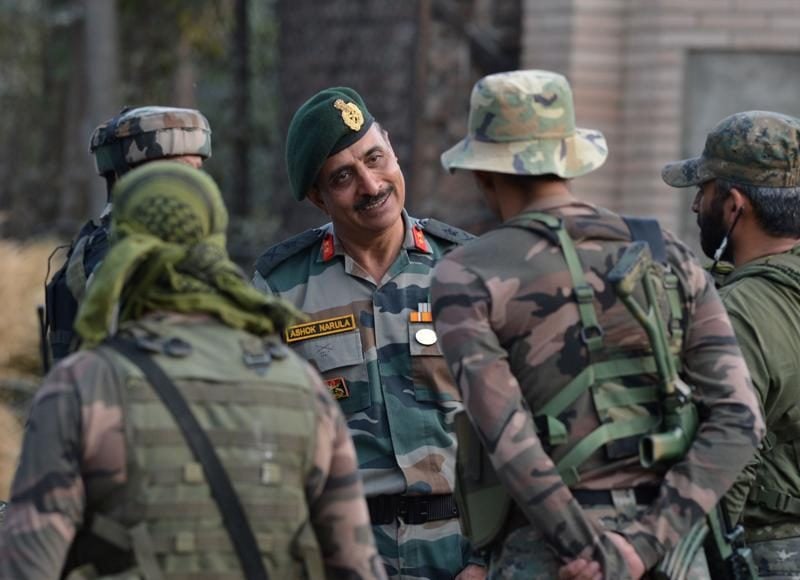
What is Infantry?
Infantry refers to soldiers who fight primarily on foot, moving by various means, from marching to vehicles, and engaging the enemy with personal weapons. These soldiers are trained to fight in diverse terrains and conditions, relying mostly on their personal weapons and equipment. Here’s a more detailed overview of infantry:
Definition
Infantry can be defined as soldiers specially trained to fight on foot. They represent a significant part of any military force and often bear the brunt of ground combat.
Weapons and Equipment
Infantry soldiers, often called “infantrymen” or “riflemen,” are usually equipped with small arms like rifles, machine guns, and hand grenades. Depending on their role and the era, they might also be equipped with a variety of other weapons, such as anti-tank rockets or portable missile systems. Their equipment often includes body armor, helmets, communication devices, and other gear necessary for survival and combat on the battlefield.
Tactics and Operations
Infantry performs various roles on the battlefield, from holding and securing areas, assaulting enemy positions, urban combat, to conducting reconnaissance and patrol duties. They often operate closely with armor (tanks) and artillery units.
Types of Infantry
There are specialized types of infantry, including:
- Mechanized Infantry: Equipped with armored personnel carriers or infantry fighting vehicles, allowing them to move rapidly on the battlefield.
- Light Infantry: Primarily designed for rapid movement and can operate in regions not suitable for vehicles.
- Airborne Infantry: Delivered to the battlefield by aircraft, usually through parachuting.
- Mountain Infantry: Specialized for fighting in mountainous terrain.
- Jungle Infantry: Trained for combat in jungle environments.
- Marine Infantry: Specialized troops trained to fight in amphibious operations, usually a part of naval forces.
Historical Importance
The role of infantry can be traced back through thousands of years of warfare, from ancient phalanxes to medieval foot soldiers and modern-day riflemen. Though the equipment, tactics, and training have evolved, the fundamental role of the infantry—to close with and defeat the enemy—remains consistent.
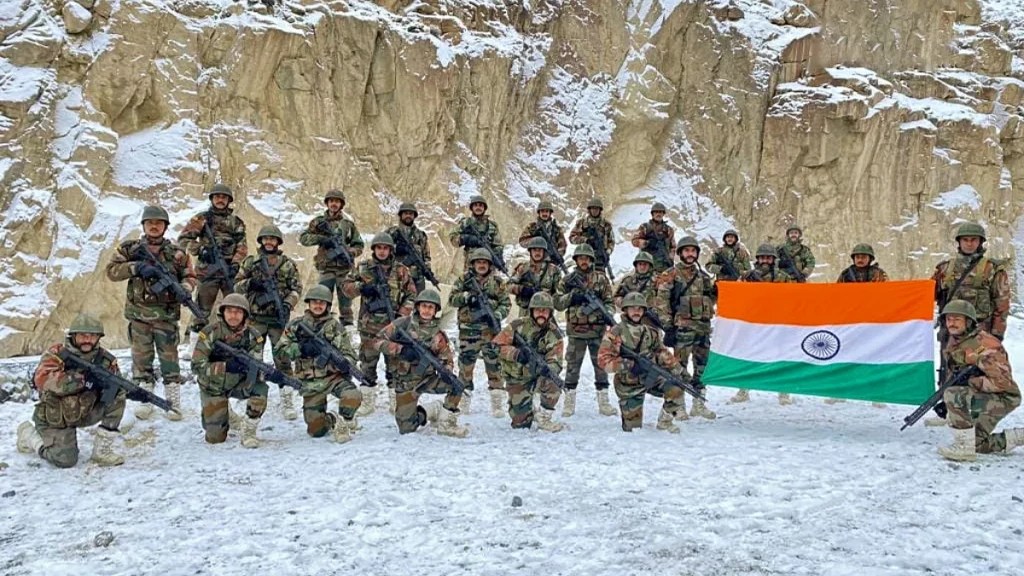
Role of Infantry Regiments in the Indian Army
The Infantry, often referred to as the “Queen of the Battle”, plays a fundamental and pivotal role in the Indian Army. Here is an overview of the role of Infantry regiments in the Indian Army:
- Close Combat: The primary role of infantry is to engage and neutralize the enemy in close combat, either during assaults or defensive operations.
- Holding Ground: Infantry regiments are essential for holding ground in any territorial defense operation. They can sustain prolonged combat operations and are equipped to hold onto positions even under severe enemy pressure.
- Counter-Insurgency Operations: Indian Infantry units, due to their intensive training, play a crucial role in counter-insurgency operations, especially in regions like Jammu & Kashmir and the Northeast.
- Mountain Warfare: Given India’s varied terrain, especially the rugged mountainous regions in the north, infantry regiments are specially trained for mountain warfare. Units like the Ladakh Scouts and the Gorkha Rifles are expert mountaineers.
- Jungle Warfare: With regions like the Northeast covered in thick jungles, infantry regiments undergo specialized training for jungle warfare to operate effectively in such environments.
- Desert Warfare: Given the desert regions along the western border, some infantry units are specially trained for desert warfare.
- Amphibious Operations: Certain infantry units are trained to undertake amphibious operations, which involve attacking enemy positions from the sea.
- Urban Warfare: With changing dynamics of modern warfare, infantry is increasingly being trained for urban warfare operations, ensuring minimal collateral damage.
- Peacekeeping: Indian Infantry regiments have been actively involved in United Nations peacekeeping missions around the world.
- Reconnaissance and Patrols: Infantry units often undertake reconnaissance missions and patrols, especially in hostile or disputed territories, to gather intelligence and maintain a constant presence.
- Rapid Deployment: In times of emergencies or immediate threats, infantry regiments are often the first to be deployed given their adaptability and extensive training.
- Humanitarian Operations: In times of natural disasters or other emergencies within the country, infantry regiments play a crucial role in rescue, relief, and rehabilitation operations.
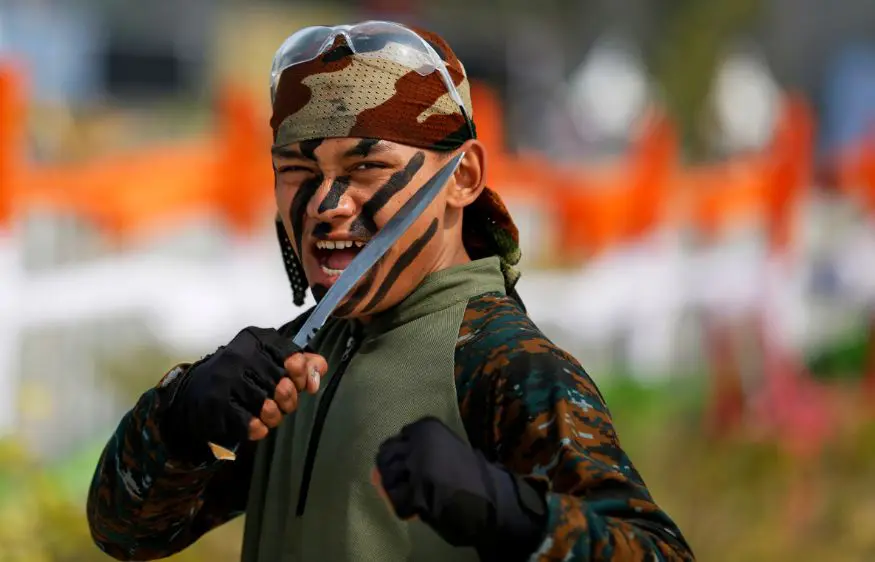
Regiment vs Battalion
Both “regiment” and “battalion” refer to military units, but they differ in size, function, and level of command. Here’s a breakdown of the differences between a regiment and a battalion:
- Size and Composition:
- Regiment: A regiment is typically larger than a battalion. It can be composed of multiple battalions, along with additional support elements. The specific number of battalions within a regiment can vary based on the country and the specific branch of the military.
- Battalion: A battalion is a sizable military unit that typically consists of 300 to 1,000 soldiers. It is usually made up of several companies and has a headquarters company or element.
- Command:
- Regiment: Commanded by a Colonel or sometimes a Brigadier (depending on the country and branch of service). The second-in-command is often a Lieutenant Colonel.
- Battalion: Commanded by a Lieutenant Colonel, with a Major often serving as the executive officer or second-in-command.
- Function:
- Regiment: Historically, the regiment was a tactical and administrative unit. In modern militaries, its tactical significance has diminished in some cases, and it often serves more as a ceremonial or administrative grouping.
- Battalion: A battalion is a basic tactical unit capable of independent operations on a limited scale. It has all the elements required for sustained combat (infantry, support, and sometimes even armor), but on a smaller scale than a brigade or division.
- Usage and Variability:
- Regiment: The usage of regiments varies greatly among different countries and services. In some armies, the regiment remains a significant tactical entity, while in others, it’s more of a ceremonial or lineage designation.
- Battalion: Battalions are common across almost all armies and represent a standardized tactical unit. They are often the basic deployable unit that can operate independently and be assigned tasks on the battlefield.
- Examples:
- Regiment: In the Indian Army, regiments like “Gorkha Regiment” or “The Parachute Regiment” have several battalions under them.
- Battalion: An example would be the “9th Battalion, Gorkha Regiment.” Here, “9th Battalion” specifies a particular battalion within the larger “Gorkha Regiment” regiment.
Infantry Regiments Motto and War Cry
| Regiment | Active From | Regimental Center | Motto | War Cry |
|---|---|---|---|---|
| Madras Regiment | 1758 | Wellington, Tamil Nadu | “Swadharme nidhanam shreyaha” | “Veera Madrassi, Adi Kollu, Adi Kollu” |
| Rajputana Rifles | 1775 | Delhi Cantonment, Delhi | “Veer bhogya vasundhara” | “Raja Ramachandra ki jai” |
| Rajput Regiment | 1778 | Fatehgarh, Uttar Pradesh | “Sarvatra vijay” | “Bol Bajrang Bali Ki jai” |
| Dogra Regiment | 1877 | Ayodhya, Uttar Pradesh | “Kartavyam anvatma” | “Jawala Mata ki jai” |
| Sikh Regiment | 1846 | Ramgarh Cantonment, Jharkhand | “Nischay kar apni jeet karon” | “Jo bole So Nihal, sat sri akal”; “Wahe Guruji Da Khalsa, Wahe Guruji Di Fateh” |
| Jat Regiment | 1795 | Bareilly, Uttar Pradesh | “Sangathan va veerta” | “Jat balwan, jai bhagwan” |
| Parachute Regiment | 1945 | Bengaluru, Karnataka | “Shatrujeet” | “Balidan Param Dharma” |
| Punjab Regiment | 1761 | Ramgarh Cantonment, Jharkhand | “Sthal wa jal” | “Jo bole So Nihal, sat sri akal”; “Bol Jawala Ma ki jai” |
| The Grenadiers | 1778 | Jabalpur, Madhya Pradesh | “Naam, Namak, Nishan” | “Sarvada shaktishali” |
| Sikh Light Infantry | 1944 | Fatehgarh, Uttar Pradesh | “Deg teg fateh” | “Jo bole So Nihal, sat sri akal” |
| Maratha Light Infantry | 1768 | Belgaum, Karnataka | “Duty, honour, courage” | “Bola Shri Chhatrapati Shivaji Maharaj ki jai”; “Temlai Mata ki Jai”; “Har Har Mahadev” |
| The Garhwal Rifles | 1887 | Lansdowne, Uttarakhand | “Yudhaya krit nischya” | “Badri Vishal Lal ki jai” |
| Kumaon Regiment | 1813 | Ranikhet, Uttarakhand | “Parakramo vijayate” | “Kalika Mata ki jai”; “Bajrang Bali ki jai”; “Dada Kishan ki jai” |
| Assam Regiment | 1941 | Shillong, Meghalaya | “Assam vikram” | “Rhino charge” |
| Bihar Regiment | 1941 | Danapur, Bihar | “veerta se yudh par” | “Bajrang Bali Ki Jai”; “Har Har Mahadev” |
| Mahar Regiment | 1815 | Saugor, Madhya Pradesh | “Yash sidhi” | “Bolo Hindustan ki jai” |
| Jammu & Kashmir Rifles | 1821 | Jabalpur, Madhya Pradesh | “Prashata ranvirta” | “Durga Mata ki jai” |
| Jammu and Kashmir Light Infantry | 1947 | Awantipora, Jammu and Kashmir | “Balidanam vir lakshanam” | “Bharat Mata ki jai” |
| Naga Regiment | 1970 | Ranikhet, Uttarakhand | “Parakramo vijayate” | “Jai Durga Naga” |
| 1 Gorkha Rifles | 1815 | Subathu, Himachal Pradesh | “Kayar hunu bhanda marnu ramro” | “Jai Ma Kali, ayo Gorkhali” |
| 3 Gorkha Rifles | 1815 | Varanasi, Uttar Pradesh | “Kayar hunu bhanda marnu ramro” | “Jai Ma Kali, ayo Gorkhali” |
| 4 Gorkha Rifles | 1857 | Sabathu, Himachal Pradesh | “Kayar hunu bhanda marnu ramro” | “Jai Ma Kali, ayo Gorkhali” |
| 5 Gorkha Rifles | 1858 | Shillong, Meghalaya | “Shaurya evam nistha” | “Jai Ma Kali, ayo Gorkhali” |
| 8 Gorkha Rifles | 1824 | Shillong, Meghalaya | “Kayar hunu bhanda marnu ramro” | “Jai Ma Kali, ayo Gorkhali” |
| 9 Gorkha Rifles | 1817 | Varanasi, Uttar Pradesh | “Kayar hunu bhanda marnu ramro” | “Jai Ma Kali, Ayo Gorkhali” |
| 11 Gorkha Rifles | 1918-1922; from 1948 | Lucknow, Uttar Pradesh | “Yatraham vijayastatra” | “Jai Ma Kali, Ayo Gorkhali” |
| Ladakh Scouts | 1963 | Leh, Ladakh | N/A | “Ki ki so so Lhargyalo” |
| Arunachal Scouts | 2010 | Rayang, Pasighat, Arunachal Pradesh | N/A | N/A |
| Sikkim Scouts | 2013 | Lucknow, Uttar Pradesh | N/A | N/A |
In essence, the Infantry is the backbone of the Indian Army, representing its grit, resilience, and versatility. The wide range of roles they play ensures that the nation remains secure from both internal and external threats.










